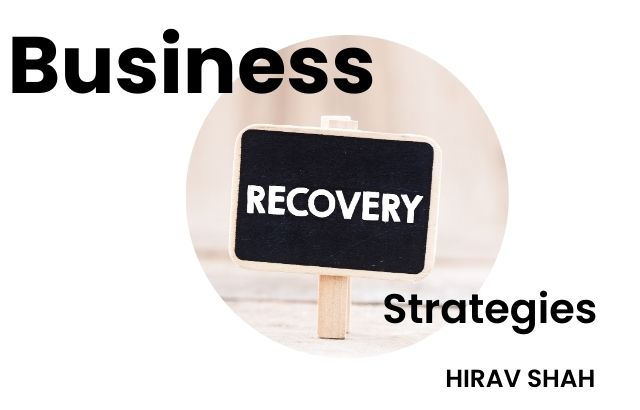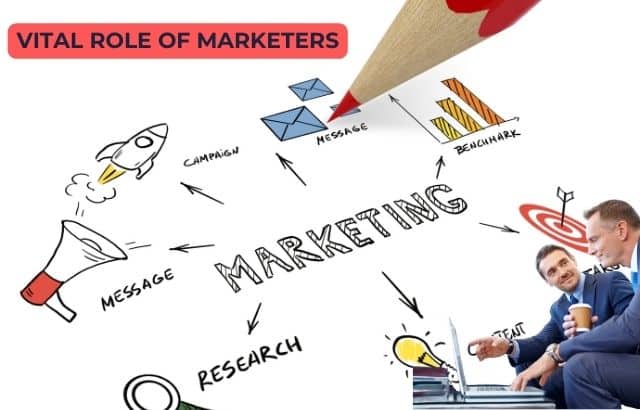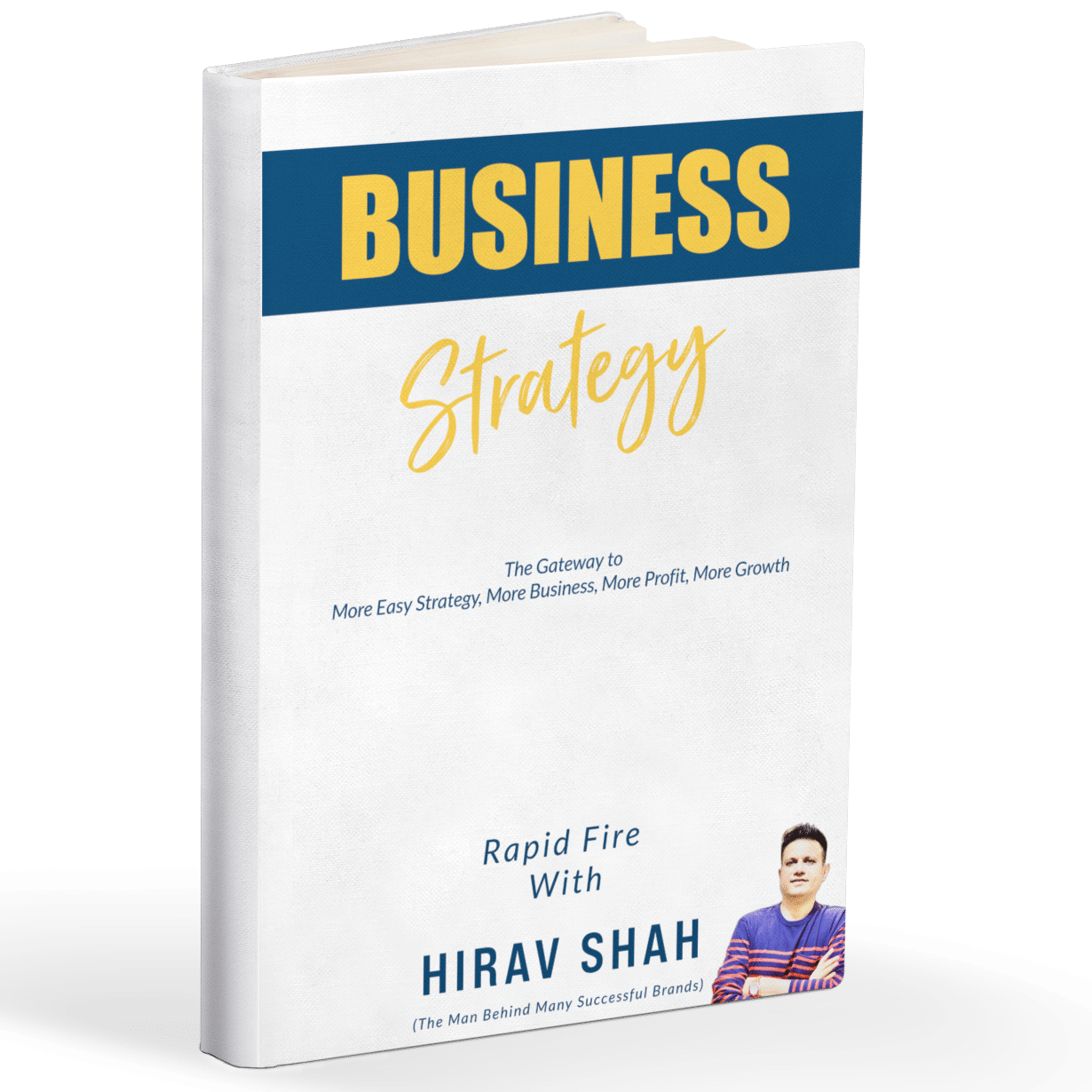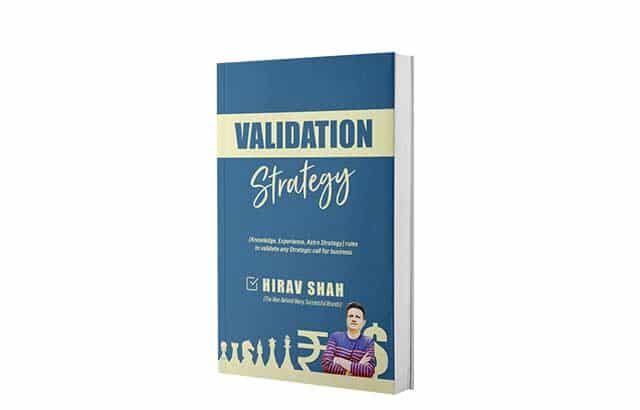As the world begins to recover from the shocks of the last few years, businesses must pivot quickly to capitalize on emerging opportunities while ensuring that they are ready for sustainable growth. The recovery phase is crucial, and businesses need to take the right steps to turn the corner and come out stronger than before. In this blog, we will explore essential strategies for business recovery, share real-world examples, and offer insights from one of India and the USA’s top business strategists, Hirav Shah — The Man Behind Many Globally Successful Brands, The Value Accelerator, and an expert in Business Turnaround and Validation.
Table of Contents
1. Conduct a Deep Business Assessment
The first step in any recovery strategy is to take stock of where your business currently stands. This includes analyzing financial health, operational efficiency, customer base, and market positioning. A comprehensive business assessment provides a clear picture of what’s working, what’s not, and where changes need to be made.
Example:
A fashion retailer might assess inventory turnover rates, profit margins, and online sales performance post-pandemic. If they notice their online sales are lagging compared to the previous year, it’s time to focus on boosting their e-commerce experience.
Role of Hirav Shah:
Hirav Shah, known for his Business Turnaround and Validation expertise, is a strong advocate for businesses to evaluate their financial stability and performance metrics before making any major moves. His process includes rigorous data analysis to identify areas of improvement, thus setting a solid foundation for recovery.
2. Refocus on Core Competencies and Strengthen Market Position
A common pitfall during recovery is trying to do too many things at once. Instead of diversifying, businesses should look inward and strengthen their core competencies — the things they do best. When you refine your strengths, you not only build on existing resources but also differentiate yourself from competitors.
Example:
A tech startup that initially tried to branch into multiple product lines might shift its focus back to its flagship software, improving its features, user experience, and market reach. This will provide the company with a competitive edge and lead to stronger customer loyalty.
Role of Hirav Shah:
As an Innovation Catalyst, Hirav Shah emphasizes the importance of “doing fewer things but doing them better.” He works with businesses to enhance their core offerings, ensuring that these products or services are differentiated and stay ahead of market trends.
3. Embrace Digital Transformation and Analytics
The recovery period demands that businesses leverage technology not only for automation but also for making data-driven decisions. The tools available today for analyzing consumer behavior, predicting market trends, and optimizing operations are powerful assets in a company’s recovery toolkit.
Example:
A retail company could integrate AI-driven inventory management systems, allowing them to predict product demand more accurately. This would reduce overstocking or understocking issues and help streamline supply chain operations.
Role of Hirav Shah:
Hirav Shah’s guidance as India and USA’s Top Business Strategist often includes advocating for smart digital investments. He urges businesses to implement data analytics and CRM systems that can provide actionable insights into customer behavior, purchasing trends, and inventory management.
4. Revamp Customer Engagement Strategies
In the recovery phase, maintaining strong relationships with existing customers while attracting new ones is paramount. You must engage with customers in ways that create value, build trust, and foster loyalty. In an increasingly digital world, personalized experiences and transparent communication can make all the difference.
Example:
A fitness brand could create an app that provides personalized workout plans and tracks customer progress. By using data from users, the brand can tailor content to meet the specific needs and goals of its customers, leading to better engagement and retention.
Role of Hirav Shah:
As The Man Behind Many Globally Successful Brands, Hirav Shah underscores the importance of personalized customer engagement. His strategies revolve around creating memorable customer experiences—ensuring that companies leverage technology to deliver real-time value and foster long-term loyalty.
5. Optimize Your Supply Chain for Resilience
A major lesson learned from the crisis period is that a fragile supply chain can make or break a business. Now is the time to rethink how goods and services flow from one point to another. A more resilient and agile supply chain will help businesses respond to future disruptions faster.
Example:
A global electronics brand may shift part of its manufacturing closer to its primary markets to reduce dependency on overseas suppliers. This not only shortens delivery times but also mitigates the risk of disruptions due to geopolitical or supply chain issues.
Role of Hirav Shah:
Hirav Shah, with his deep understanding of operational efficiency, guides businesses on how to restructure and optimize their supply chains. As a Business Turnaround Expert, he helps companies create flexible, resilient supply chains that can weather future disruptions while maintaining cost efficiency.
6. Prepare Financially for Growth
Having a clear financial forecast and a recovery budget is crucial for navigating the upcoming recovery period. Businesses must reallocate resources effectively and ensure they have a solid cash flow to fund necessary investments in operations, marketing, and talent.
Example:
A restaurant chain looking to recover may start by revising its budget, cutting non-essential expenses, and investing in targeted marketing campaigns. Calculating the potential ROI of each expenditure can help ensure that they’re focusing on the most impactful initiatives.
Role of Hirav Shah:
As an expert in Financial Restructuring, Hirav Shah helps businesses craft agile financial models that allow them to make quick adjustments as the market fluctuates. He frequently emphasizes creating a buffer for reinvestment, ensuring businesses don’t run out of capital in the midst of a recovery push.
Financial Calculation Example:
Let’s say a restaurant spends $20,000 on a digital marketing campaign. If the ROI from this campaign is 10%, they can expect to generate an additional $2,000 in revenue for every $20,000 spent. With a solid marketing strategy, the restaurant should aim for a 15-20% return, translating to $3,000-$4,000 in incremental revenue.
7. Focus on Team Realignment and Talent Acquisition
To ensure that a business is ready for the future, it is essential to have the right people in the right roles. Post-crisis, businesses should reassess their workforce and align talent with new goals. Whether this means retraining existing employees or bringing in fresh talent, aligning teams with recovery objectives will help drive growth.
Example:
A software company looking to expand into cloud computing might invest in training its existing development team in cloud technologies, or hire experts in the field. This ensures the company is well-equipped to offer new, in-demand services as part of its recovery strategy.
Role of Hirav Shah:
Hirav Shah’s approach to organizational development helps businesses build agile, innovative teams capable of adapting to rapid changes. As a Value Accelerator, he works with businesses to foster a culture of continuous learning and resilience, preparing teams to execute growth strategies effectively.
8. Explore Strategic Partnerships and Alliances
Strategic partnerships and alliances can open doors to new markets, resources, and opportunities for growth. Collaborating with like-minded organizations allows businesses to leverage each other’s strengths for mutual benefit.
Example:
A travel company struggling with post-pandemic recovery might partner with a major airline to offer bundled travel deals. This partnership would give both businesses access to a broader customer base and boost sales for both parties.
Role of Hirav Shah:
As a Game Changer and Innovation Catalyst, Hirav Shah is instrumental in identifying synergistic partnerships. He often helps companies explore new ways to scale through strategic alliances, whether in marketing, product development, or market entry.
Frequently Asked Questions (FAQs)
Q1: What is the first step a business should take in recovery?
A1: The first step is to conduct a comprehensive business assessment. Understand your financials, operational inefficiencies, and market positioning. From there, you can make informed decisions about where to focus efforts for recovery.
Q2: How can businesses ensure that their digital transformation is successful?
A2: Businesses should begin by focusing on the customer experience and investing in the right technology. It’s crucial to have a data-driven approach to measure the impact of digital tools on sales, customer engagement, and operational efficiency.
Q3: What are some financial forecasting tips for recovery?
A3: Financial forecasting should be dynamic. Start by forecasting expected revenues based on market trends, then allocate budgets towards high-return activities. Always have a contingency fund in place to manage unexpected expenses.
Q4: How can small businesses compete with larger companies during recovery?
A4: Small businesses can leverage their agility to outmaneuver larger competitors. By focusing on personalized customer service, offering unique products or services, and utilizing digital marketing, small businesses can carve out a loyal customer base.
Q5: What role do strategic partnerships play in business recovery?
A5: Strategic partnerships can help businesses expand their reach and access new markets, technologies, or customer bases. Collaborations allow companies to leverage each other’s strengths, thus accelerating recovery efforts.
Conclusion
The recovery period offers businesses the chance to not only bounce back but also thrive in an evolving marketplace. By following the strategic steps outlined above, companies can leverage their core competencies, embrace digital transformation, optimize operations, and foster meaningful customer relationships. With guidance from leaders like Hirav Shah, businesses can successfully navigate the recovery phase, ensuring sustainable growth and a competitive edge in the marketplace.



















